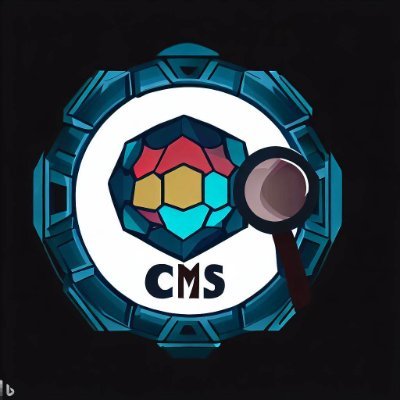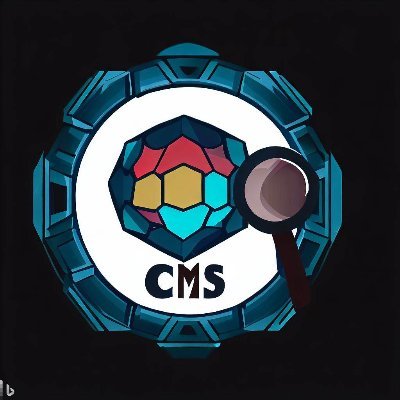Berachain price
in EUR

About Berachain
Berachain’s price performance
Berachain on socials
Guides

Berachain on OKX Learn
Berachain FAQ
Dive deeper into Berachain
Quick overview of Berachain
Berachain started as an NFT project. Now, it’s a Layer-1 blockchain with EVM capabilities that helps address liquidity and security issues.
Its unique Proof of Liquidity consensus rewards users for providing liquidity and boosts network security.
Berachain is currently on a testnet. The mainnet launch is expected by the end of 2024.
Ethereum decentralized applications can be easily deployed on Berachain because it uses EVM and the BeaconKit modular framework.
The $BGT token manages governance, empowering liquidity providers and promoting decentralized decision-making.
What is Berachain?
Berachain is an Ethereum Virtual Machine (EVM)-compatible Layer 1 blockchain built on the Cosmos SDK. This means it combines the flexibility and developer-friendly environment of Ethereum with the scalability and interoperability of the Cosmos ecosystem. Designed to support decentralized applications (dApps) and smart contracts, Berachain aims to provide a seamless experience for developers and users alike.
The project has garnered significant attention due to its innovative approach to blockchain architecture and its focus on creating a sustainable and efficient ecosystem. With the Berachain mainnet launch on the horizon, the crypto community is eagerly anticipating its potential to revolutionize the industry.
What sets Berachain apart from other Layer-1 blockchains is its Proof of Liquidity (PoL) consensus mechanism. Instead of using staked tokens to secure the network, like Proof of Stake (PoS), Berachain focuses on liquidity. It rewards its community members who provide liquidity for trading and governance, so the more active the network is, the more secure it becomes. This aligns the incentives for everyone in Berachain, from validators to participants.
Berachain is powered by BeaconKit, a modular framework that builds on the EVM and leverages Cosmos SDK. This adds flexibility, allowing Berachain to scale while keeping the network user-friendly for developers.
What is the difference between Berachain and Ethereum (ETH)?
Berachain is a Layer-1 blockchain, offering a unique approach to speed and security. If you’re familiar with Ethereum, you’re in good shape because Berachain is EVM-identical — meaning it works just like Ethereum but with its own twist. Berachain uses the same tools and clients (like Geth and Nethermind) that Ethereum developers use, so no extra setup is required. Every time Ethereum gets an upgrade, Berachain can adopt it right away.
The main difference between Berachain and Ethereum lies in their consensus models: Berachain uses proof of liquidity, while Ethereum relies on proof of stake. Berachain is fully EVM-identical, meaning everything that runs on Ethereum can run on Berachain, too.
Who is behind Berachain?
Berachain’s bear-themed crypto project is run by a group of pseudonymous co-founders known as Homme Bera, Dev Bear, Papa Bear, and Smokey the Bera. Berachain is the co-founders' main foray into the industry after the NFT project “Bong Bears” and other associated collections.
How does Proof of Liquidity (PoL) work?
PoL is different from traditional consensus mechanisms like PoS. PoL rewards participants for providing liquidity while also securing the network. Let’s break it down.
- With PoS, validators stake tokens to help validate transactions and make sure the network is secure. By staking, you earn rewards in return.
- But with PoL, there’s a different twist. Validators not only stake tokens but also provide liquidity.
- Instead of locking up your tokens, they actively contribute to the decentralized exchange and liquidity pools.
- This means the tokens are making Berachain more efficient while still securing the blockchain.
What is BeaconKit?
BeaconKit is the modular consensus layer powering Berachain, and it’s built using the Cosmos SDK. It provides flexibility for Ethereum-based blockchains, by giving developers the tools to create Layer-1 and Layer-2 solutions.
BeaconKit helps Berachain remain EVM-compatible, where any Ethereum decentralized application (DApp) or smart contract can be deployed on Berachain without making any changes.
What are Berachain DApps: BEX, Bend, and Berps
- BEX: Decentralized Exchange - Facilitates decentralized trading and liquidity.
- Bend: Lending Protocol - Allows users to lend and borrow crypto assets using PoL.
- Berps: Perpetual Futures - Enables perpetual futures trading on Berachain.
How does $BGT manage governance?
$BGT is Berachain’s governance token, which incentivizes participation for their community members. $BERA is a gas token, used for transactions and staking.
- Proposals: Any $BGT holder can propose changes to the Berachain network.
- Voting: $BGT holders vote on whether to approve or reject proposals.
- Execution: If a proposal is approved, it enters a waiting period before implementation.
What is $HONEY?
$HONEY is Berachain’s stablecoin. It can be used for trading, lending, and borrowing across the Berachain platform.
How to Claim BERA on OKX Wallet
- Step 1: Download and set up OKX Wallet.
- Step 2: Connect to Berachain.
- Step 3: Participate in the Token Generation Event (TGE).
- Step 4: Start exploring the Berachain ecosystem.
What is Berachain and Why It Matters
Berachain combines EVM compatibility with the Proof of Liquidity mechanism. This not only allows the community to stake tokens but also contribute to liquidity and be rewarded for their contributions.
For developers, Berachain provides tools like BeaconKit, which makes it easier to scale both Layer-1 and Layer-2 solutions. Meanwhile, participants can access Berachain DApps like BEX, Bend, and Berps for decentralized trading, participating in a lending protocol, and perpetual futures trading.
Disclaimer
OKX does not provide investment or asset recommendations. You should carefully consider whether trading or holding digital assets is suitable for you in light of your financial condition. Please consult your legal/tax/investment professional for questions about your specific circumstances. For further details, please refer to our Terms of Use and Risk Warning. By using the third-party website ("TPW"), you accept that any use of the TPW will be subject to and governed by the terms of the TPW. Unless expressly stated in writing, OKX and its affiliates (“OKX”) are not in any way associated with the owner or operator of the TPW. You agree that OKX is not responsible or liable for any loss, damage and any other consequences arising from your use of the TPW. Please be aware that using a TPW may result in a loss or diminution of your assets. Product may not be available in all jurisdictions.







